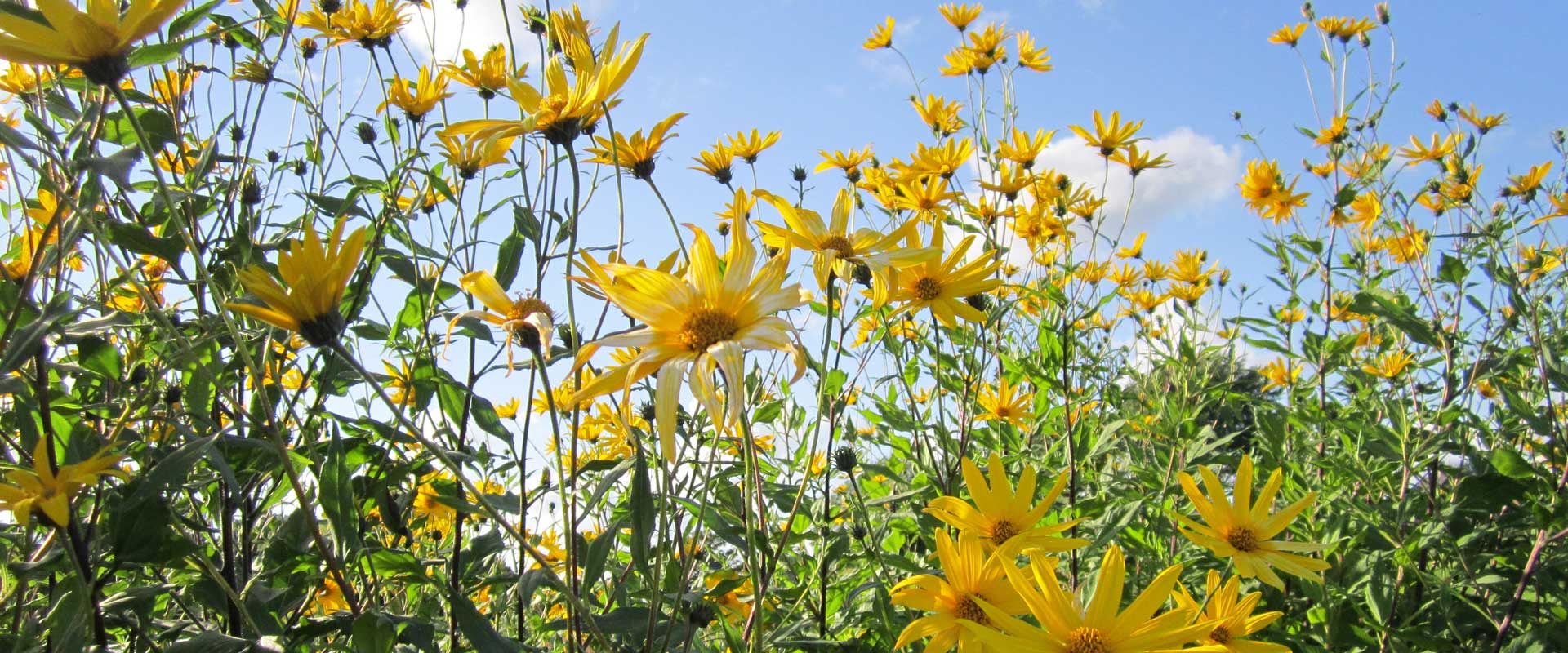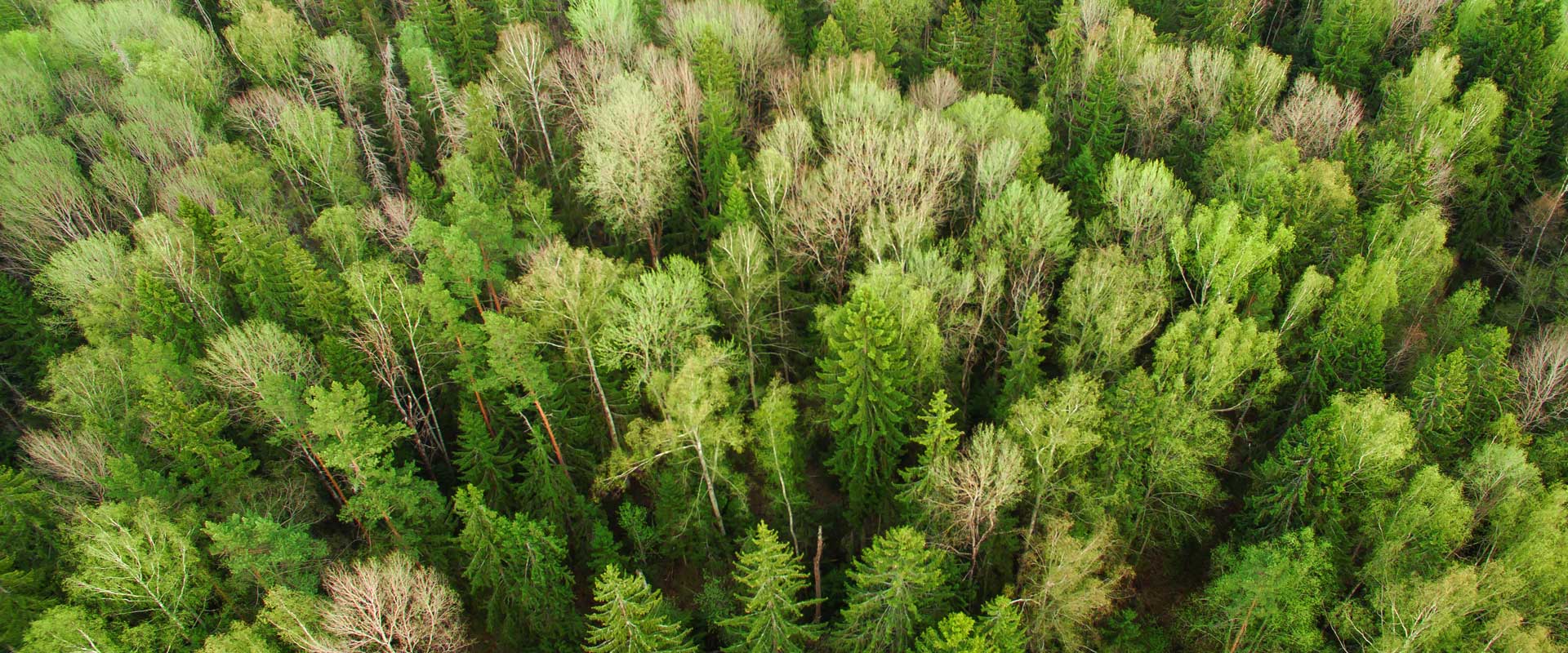
PLAN
A HECTARE LAND
Imagine the following: In all countries around the world, each family who aspires this, tends one hectare of land. One hectare is about two and a half acres (to be precise 2.47 acres, but we’ll round it up to 2.5 ac). Those families and any of their subsequent generations also live on these hectares or acres. The land they live on is tax-free, but needs to be managed well.
What do you think, is this utopia? According to the author Vladimir Megre it can be done! He calls such a hectare, those two and a half acres, a ‘Family Domain’ or ‘Family Homestead’. And more translations are used such as ‘Family Ground’ or ‘Kin Domain’. This is described in his book series, which has been translated into more than 25 languages from 1996 to the present. Millions of copies have been sold.
The family or founder who manages one hectare of land, the two and a half acres, is advised to adhere to a number of guidelines. We’ll only briefly mention them for introduction. These concern the surface area, the layout of the estate and the surrounding infrastructure. There are also suggestions for organisation and legislation that are regulated by local government.

SURFACE SIZE
But how does that look like? A hectare has a surface size of 10,000 m2 – square meter. The exact conversion in square yards is 11959.90046 yd2. Lets round that number up to 11960 square yards for now. A hectare in the form of a square is 100 metres by 100 metres, thus 109.36 yards by 109.36 yards.
The plots that are allocated for Family Home Grounds, or Kin Domains, are at least 1 hectare or 2.5 acres in size. Taking into account soil relief and other factors of the terrain, the size can amount to a maximum of 1.3 hectares, thus 3.21 acres.
Roads and passageways of at least 3 to 4 meters wide (= 3.280 to 4.374 yards), have been created between all the plots.
CLASSIFICATION ESTATE
And there is much more to tell about it. Anyone who manages one hectare of land can focus on growing crops and some small-scale livestock farming. In addition, they are responsible for the regeneration of nature and trees, of which the latter may not be intended for economic logging.
To this end, the fence of each hectare must consist of ‘living greenery’, to be more precise trees and shrubs, and a quarter of every hectare, which is an area of about 27.34 to 27.34 yards, must be covered with everlasting forests.

MAP
In practise it appears that people who have been allocated one hectare of land, first of all start planting an average of around 200 trees per family. In addition, about 50 Fruit trees. Bushes, shrubs and berry bushes: an average of 2000 per family. It is advisable to first make a green plan and map of the hectare, including housing and business premises.
